Frank Sinatra said it best: “Orange is the happiest color.”

Amsterdam, The Netherlands
Our monthlong European “Flower Vacation” (more on that later) begins in Amsterdam and ends in London. What better way to see this beautiful city than by foot (or boat), and whichever way you turn, you see its incredible architecture up close with its mix of styles, including Dutch Renaissance, Gothic, and modernist influences.
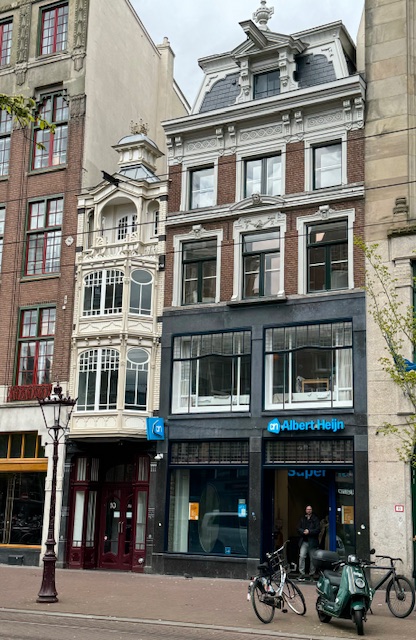
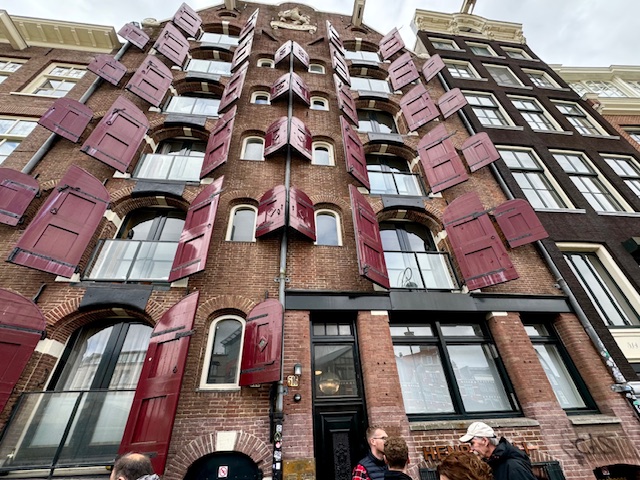



Amsterdam, an UNESCO designated city, is the capital and largest city of The Netherlands. It’s famous for its picturesque canals, historic architecture, vibrant cultural scene, and progressive attitudes and BIKES!
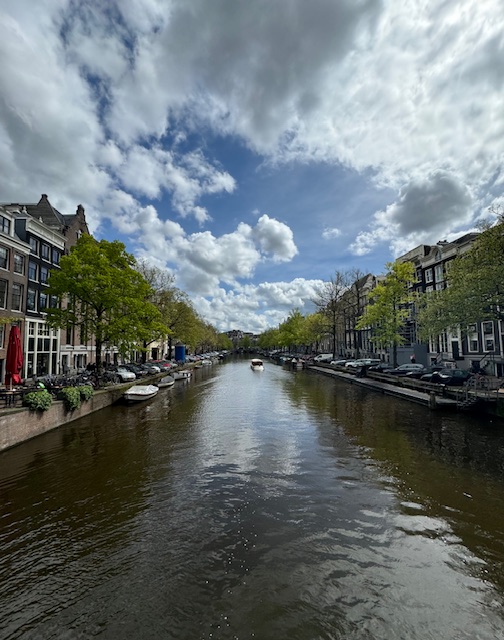
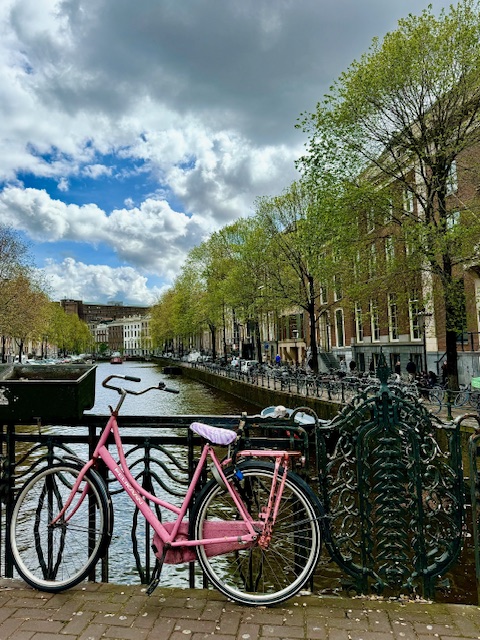
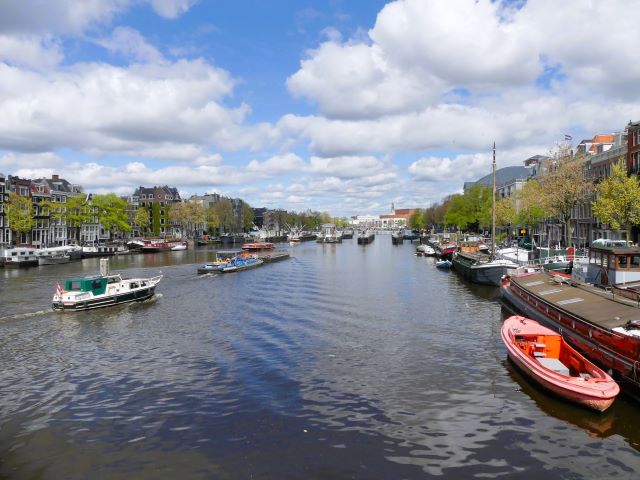
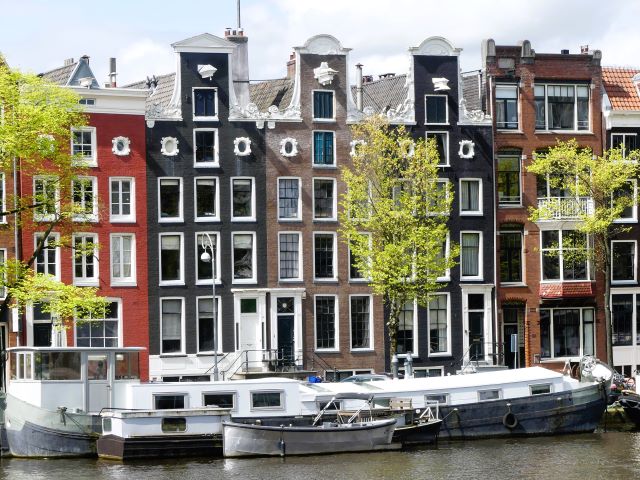


The city’s 165 canals, dating back to the 17th century, form a network of waterways lined with elegant townhouses; creating a unique and incredibly beautiful urban landscape. Living on or near the canals is highly coveted in Amsterdam, and canal houses are among the most sought-after properties in the city. Fortunately for us, our hotel room provided for a lovely canal view.

The Dutch Golden Age of the 17th century saw the city emerge as a global trading powerhouse and a center of arts and sciences (Rembrandt!). The historic center is dotted with landmarks such as the Royal Palace on Dam Square, the Westerkerk Church (Rembrandt’s burial place), and the striking Centraal Station (opened in 1889). Art and sculpture abounds and we’ll spend hours walking the galleries of the Van Gogh Museum, Rijksmuseum, and Anne Frank House.
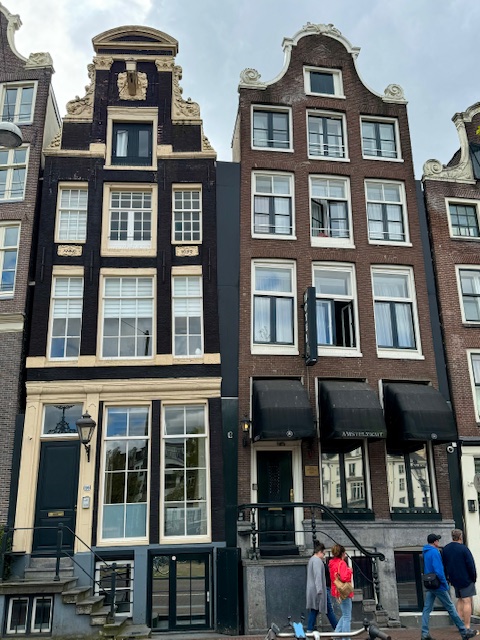


Lucky for us – our arrival in Amsterdam coincided with The Netherlands’ big holiday: King’s Day. It’s held annually on April 27th, unless this date falls on a Sunday, in which case it’s moved to the 26th. Formerly known as Queen’s Day, it marks the birthday of King Willem-Alexander, who ascended to the throne on April 30, 2013. The entire country comes together to celebrate Dutch culture and unity.
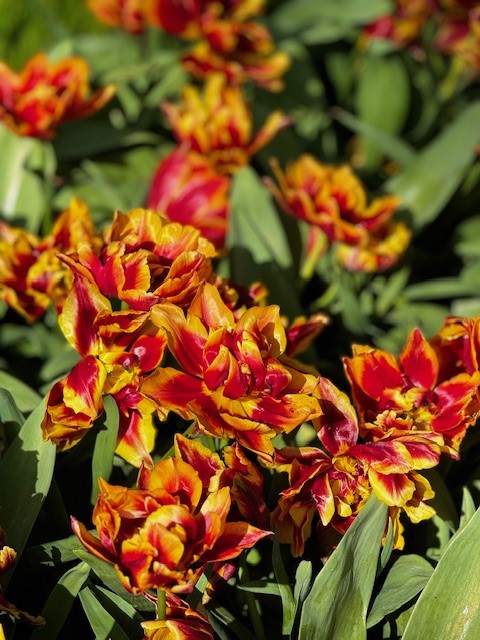
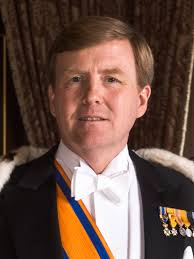
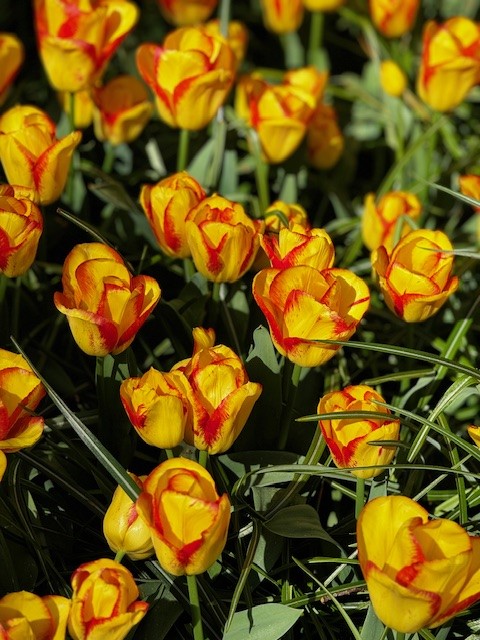
On this holiday, The Netherlands parties like it’s 1999! If you were to lump together: New Years Eve, Mardi Gras and Cinco de Mayo, then you’ll get an idea the magnitude of King’s Day – the entire nation goes MADLY ORANGE in celebration: clothing, hats, glasses, wigs – you name it and you’ll see it. It’s like living out loud in an Orange Julius beverage store; for those who remember the iconic orange drink store in your local mall.
Wearing orange is pretty much mandatory, because the royal family bears the name, “House of Orange” – hence, it’s become the national color. Luckily, we’d done our research prior to arriving and brought along orange T-shirts to wear and happily blended in with all the jubilant celebrants.

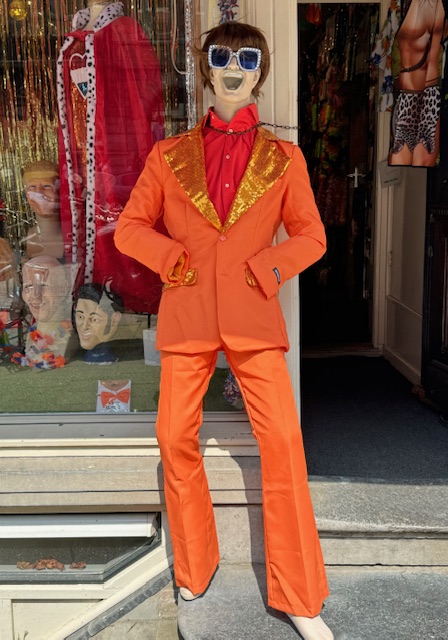


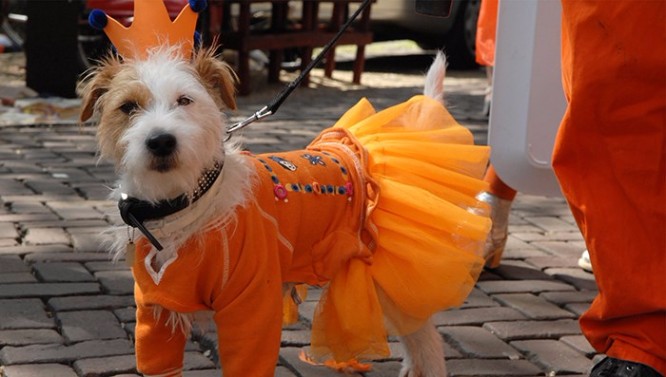
As King’s Day wears on, the canals become jam-packed with party boats, tugs – anything that floats, with standing room only, loud music and plenty of spirits as they cruise through the canals. Think one big Orange Easter Parade. Beer and booze flows easily. We were told by our concierge to avoid Dam Square, or we will be damn sorry (think Times Square on New Year’s Eve). As it was, we were amazed at the wild and lively goings-on of the orange masses.
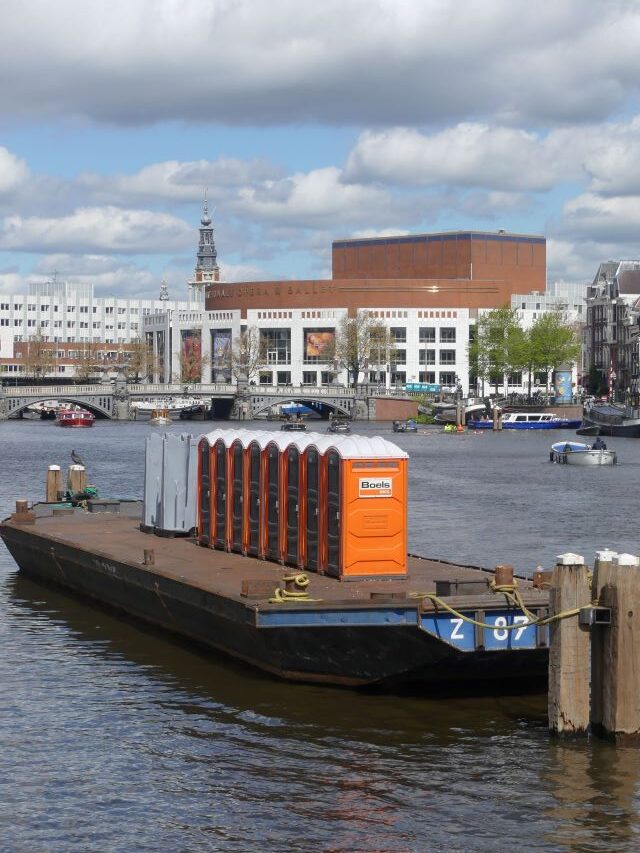

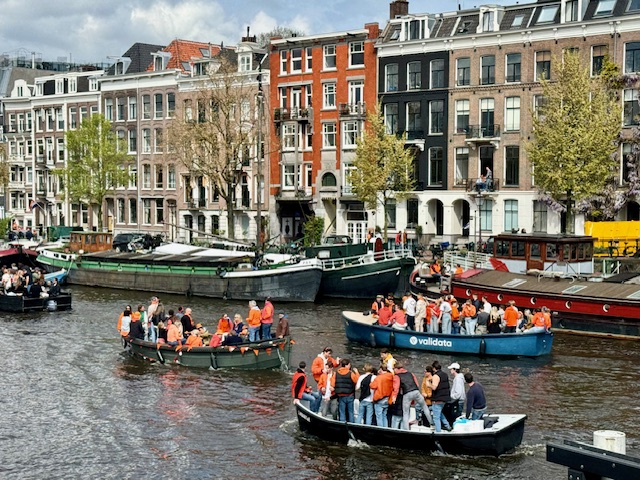

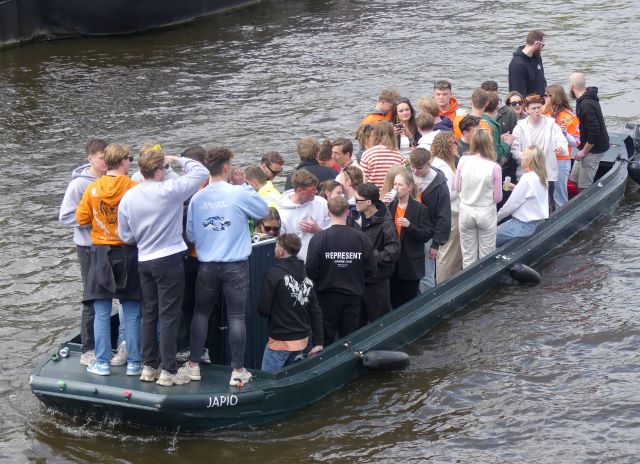
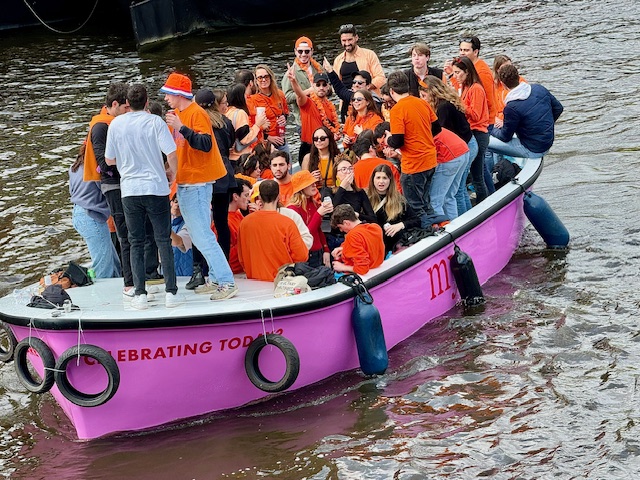
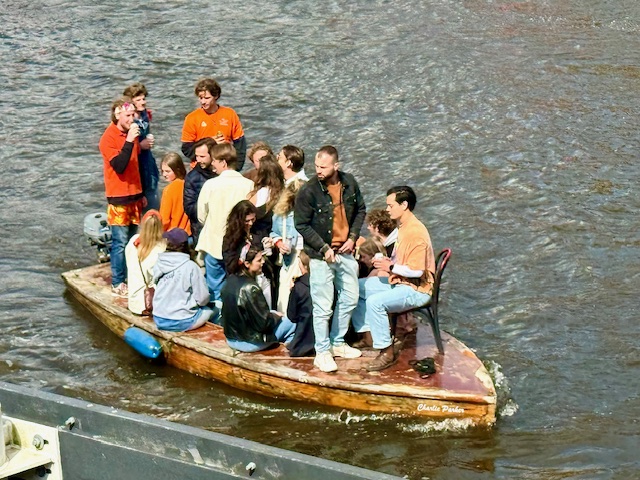
Bicycles are an integral part of Amsterdam’s transportation culture, with an extensive network of bike paths and dedicated lanes; contributing to the city’s charm and sustainability awareness. The Netherlands is the number one country in the world when it comes to cycling. The population of approx. 17 million share almost 23 million bicycles! Spring flowers adorn decorated bikes throughout the city streets.
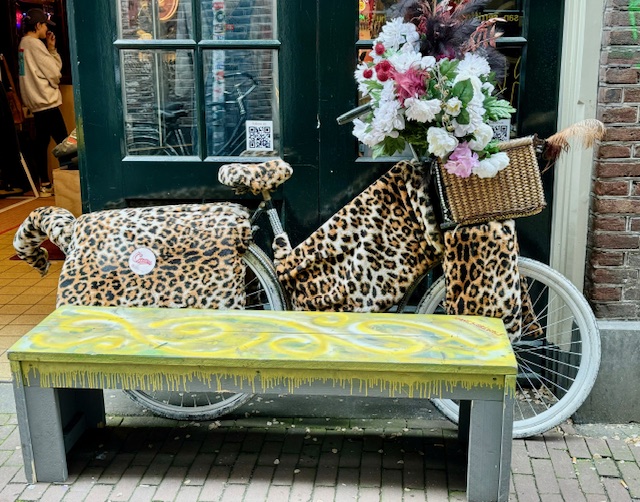

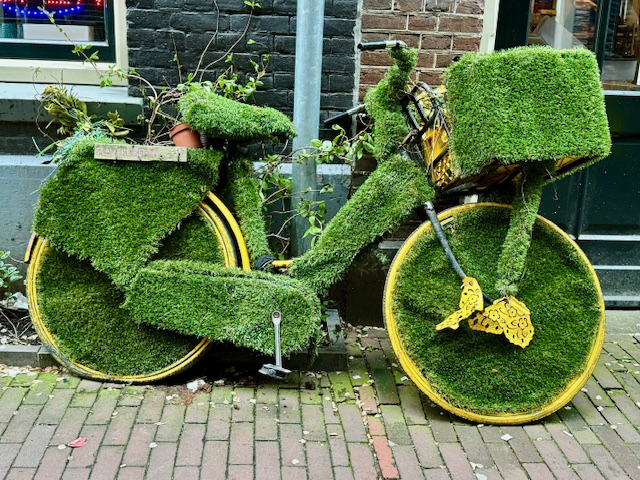
As a tourist, beware the local bicyclists, as you must be crazy and enjoy living dangerously to rent a bike in Amsterdam. The Amsterdammer cyclist can be compared with drivers on the 405 freeway in LA; they take no prisoners and speed forth in their dedicated lanes. We even saw a little fender bender between cyclists. David got cursed at being in the path of a cyclist and quickly learned to stay clear of the bike paths.


When in The Netherlands, one must see windmills. We took a side tour into the countryside of the province of Holland.
Zaanse Schans
Our day trip began in Zaanse Schans, a picturesque village located just north of Amsterdam. It’s renowned for its well-preserved historic windmills, charming wooden houses, and traditional Dutch crafts. We experienced a glimpse into Dutch life from the 18th and 19th centuries.
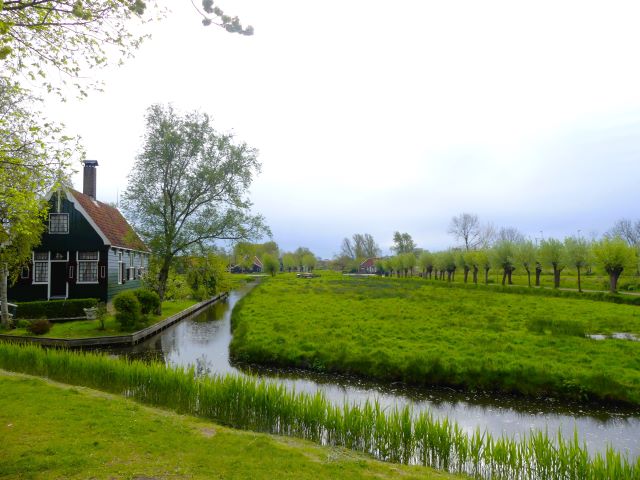
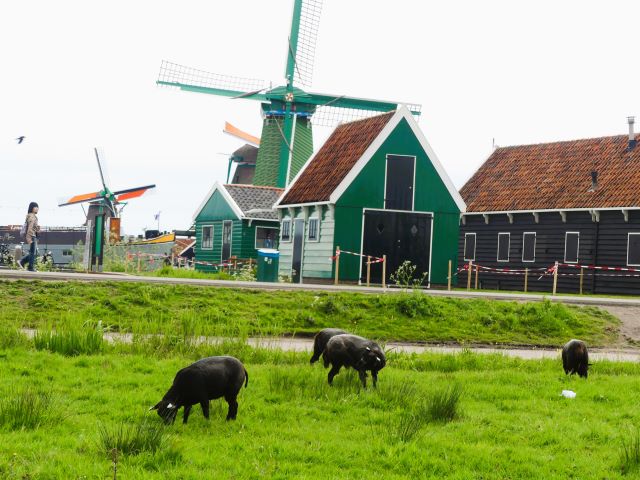
The windmills in Zaanse Schans are iconic, and some of them are still in operation, producing everything from mustard and oil to pigments and wood sawing.
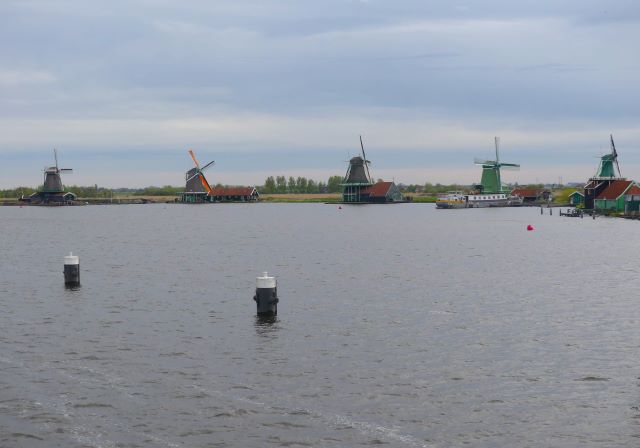
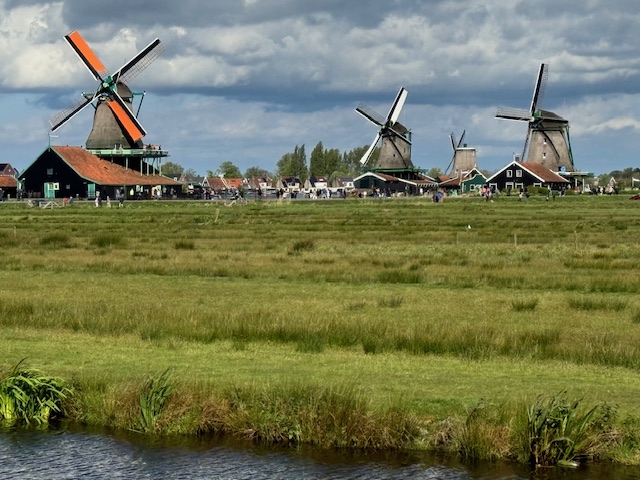
We watched a demonstration in cheese-making, as the Dutch are nuts about cheese, particularly Gouda. I love cheese, but Gouda is not one of my favorites. A clog-carving demonstration was interesting as we were shown both the manual production (8 – 10 hours) and the mechanical version (1 – 2 hours); both processes take several weeks after carving the wood in order for it to dry properly. These shoes are worn by farmers and people out in the countryside. All you need is one pair of clogs and you’re set for the rest of your life.


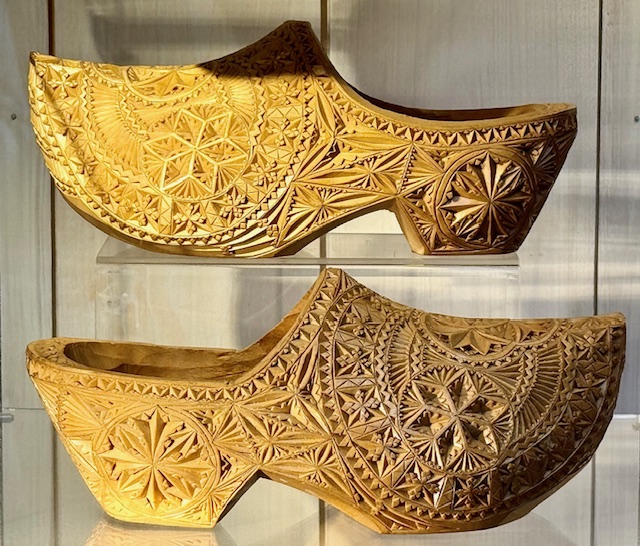


Afsluitdijk
The Afsluitdijk (closure dike) is a Dutch engineering marvel that the nation takes great pride in. It spans approximately 32 kilometers (20 miles) in length. It was completed in 1932 as a massive waterworks project aimed at protecting the low-lying Dutch hinterland from the threat of flooding and reclaiming land from the sea.
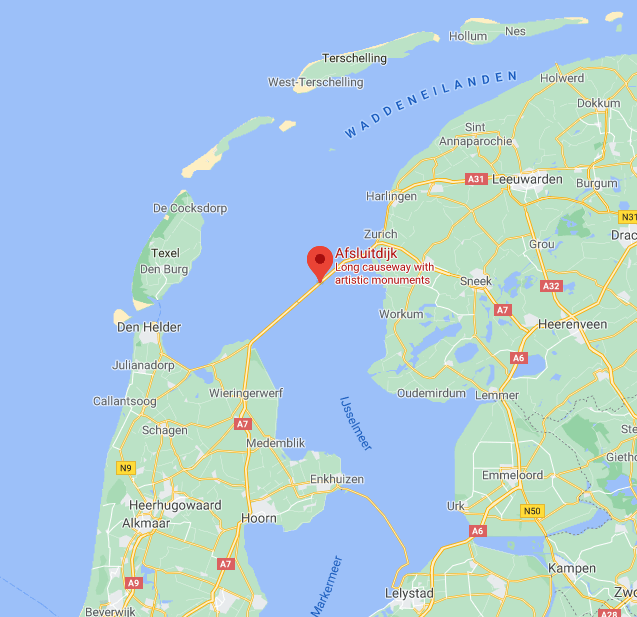
Aside from its primary function as a flood defense system, the Afsluitdijk also serves as a roadway and a freshwater source. A major highway runs along the dike, connecting the northern provinces of the Netherlands.
The Afsluitdijk is not only an engineering feat but also a symbol of Dutch ingenuity in managing water resources and protecting their land from the constant threat of flooding. Standing upon it, with great water bodies on either side of me, it was like Moses splitting the sea into two.
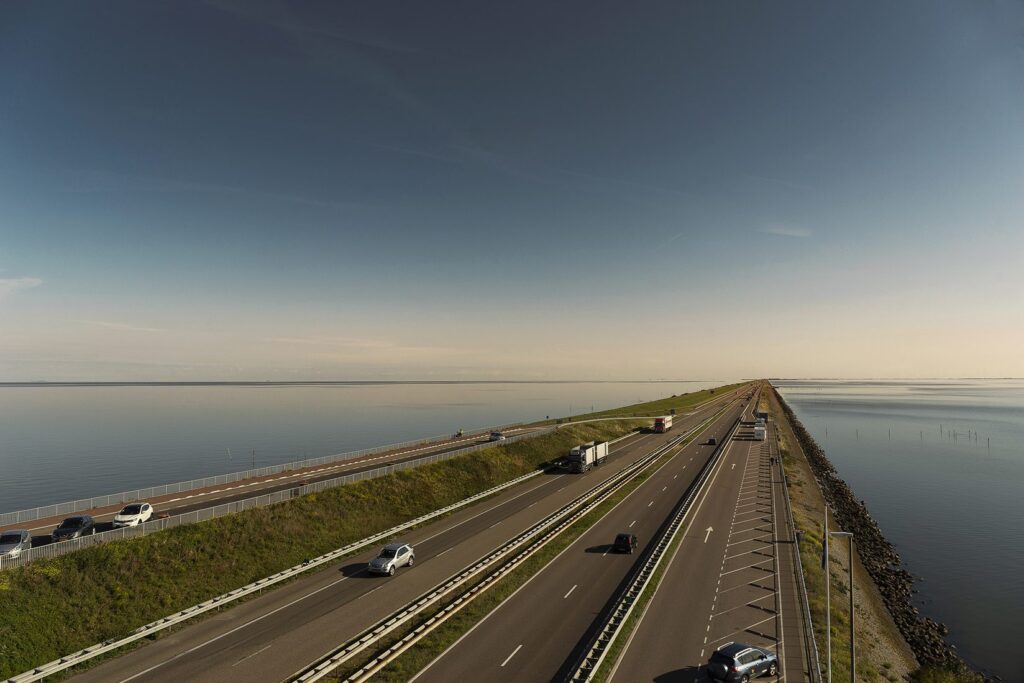
Giethoorn
You wonder where Walt Disney got his inspiration for the Storybook Land Canal Boats ride at Fantasy Land in Disneyland? Look no further than this village two hours north of Amsterdam.
Giethoorn is a picture-perfect small village often referred to as the “Venice of the North” or the “Dutch Venice.” Its charming canals, rustic thatched-roof houses from the 18th and 19th centuries, and lush countryside scenery envelopes you into a fantasy world come alive.
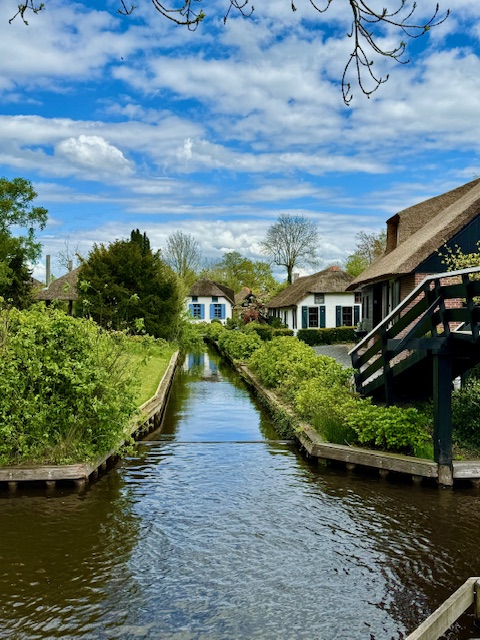
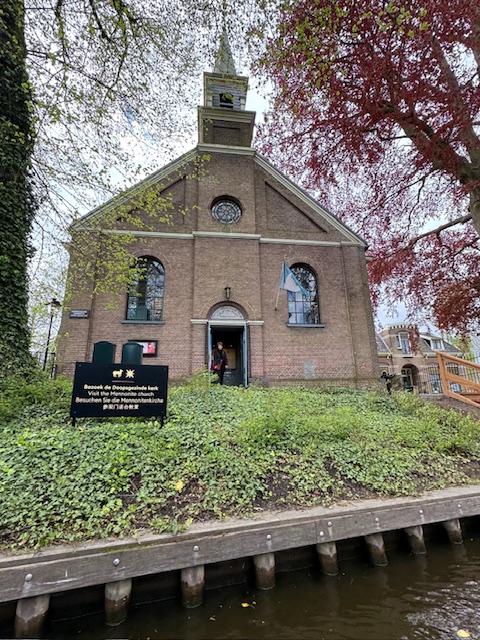
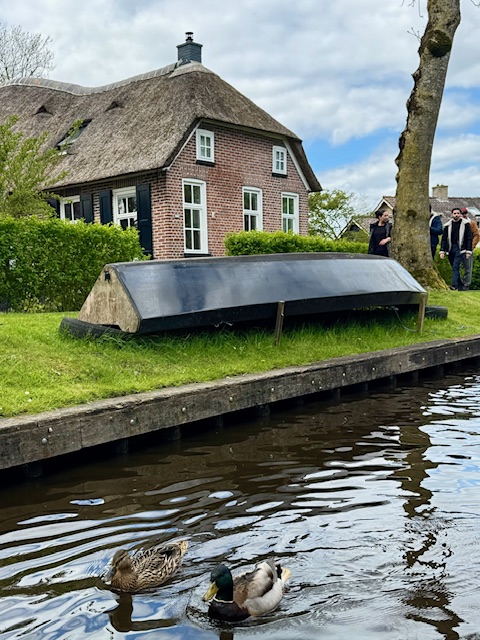
What makes Giethoorn unique is its lack of roads; instead, the village is crisscrossed by narrow canals, and the primary mode of transportation is by boat. There are few cars and they’re parked on the outside fringes.
Our small group took a leisurely tour of its canals, admiring its beautiful fairytale-like scenery and wooden bridges; which connect the various islands and pathways.
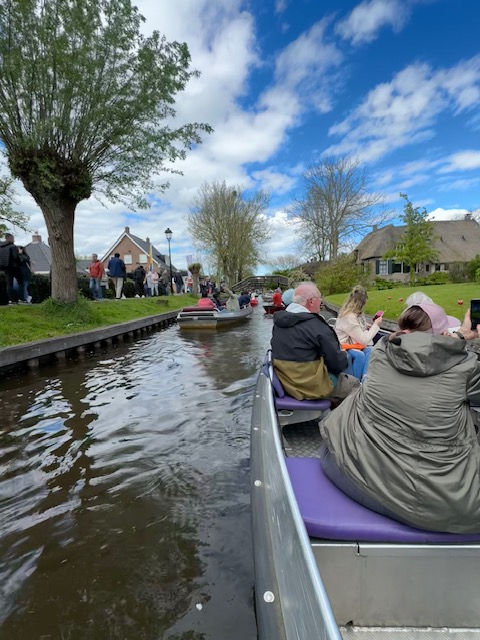

I was so glad that we got to the chance to see and experience the peaceful and enchanting Dutch countryside and see another view of The Netherlands.
Red Light District
Let’s face it, you can’t say you’ve been to Amsterdam without visiting the Red-Light District.
We visited in the middle of the afternoon; some of the red velvet windows were advertising availability, but one thing I noticed was how many windows were available to rent! Has the internet also upended the world’s oldest profession by just swiping left or right?!
The district’s name comes from the red-colored lights that illuminate the windows where sex workers openly display themselves. Night and day is how the Dutch differ from the views and approach towards sex work in the U.S. In The Netherlands, it’s regarded as a complex, regulated business and there’s great support for workers’ rights.
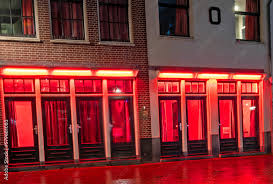
My last visit here was twenty years ago, and I found the Red-Light District lively and in full swing; back then I christened it the “hook ‘n nook them.”
Another great pastime in Amsterdam was to hang out in Dam Square; now, there isn’t an inch in the square where you could swing a cat. The area is crowded with shops, cafes, restaurants, and street performers. By and by, a whiff of smoke is prevalent; whether it’s cigarettes, vaping or marijuana.
David was in a quest to find the perfect “Pomme frites” – French for our “French fries.” They’re popular in many countries and found in various cuisines, often accompanied by different dips and sauces such as ketchup, mayonnaise, or specialized dips:
Belgian Frites – Known for their thicker cut and being fried twice for extra crispiness. Served with a variety of mayonnaise-based sauces. YUM YUM!

American Fries – Often thinner and commonly served with ketchup.
British Chips – Thicker cut and usually served with malt vinegar and salt.
And on this trip, he will have eaten his weight to categorically declare a winner … that’s in Brussels.
As seen on the streets…..


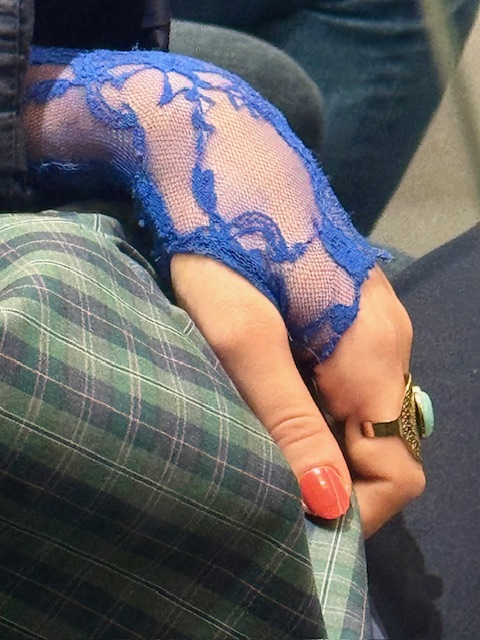

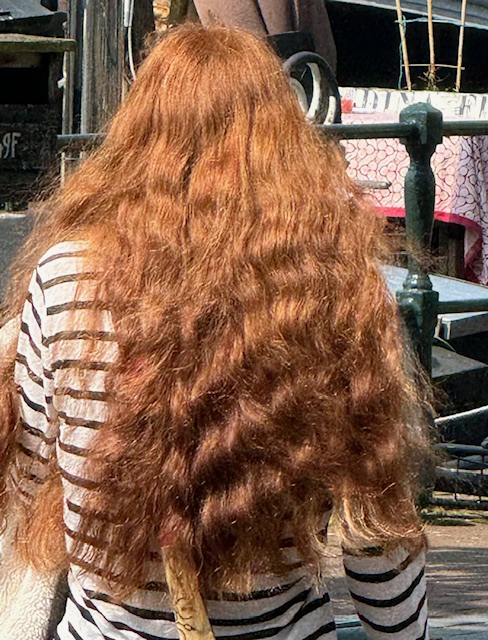
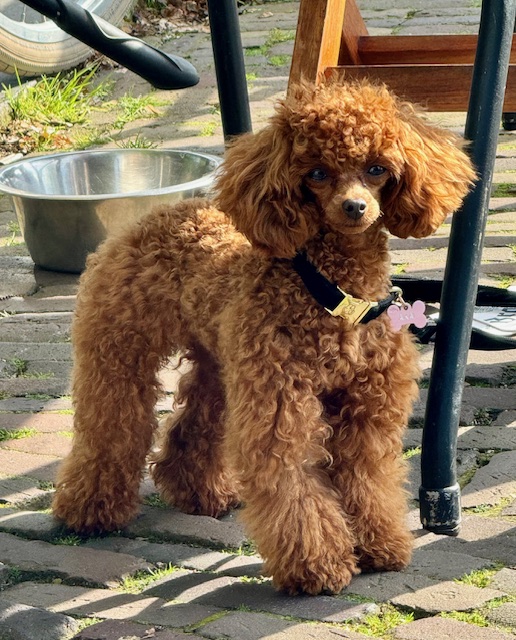


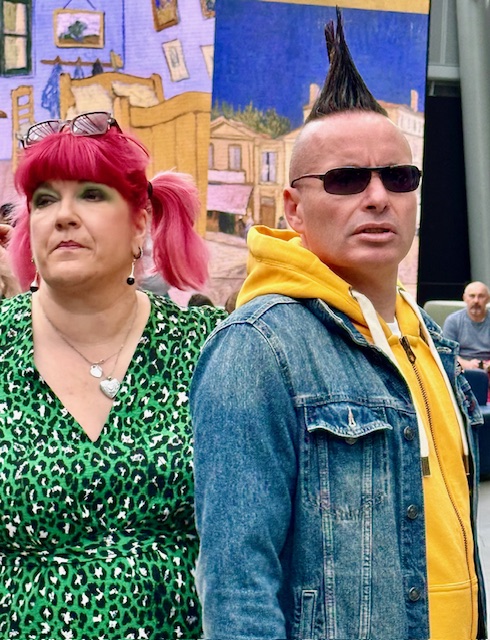
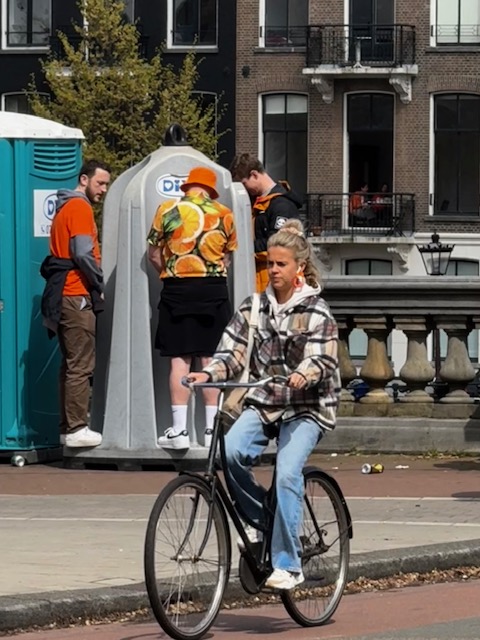

Food Porn…..
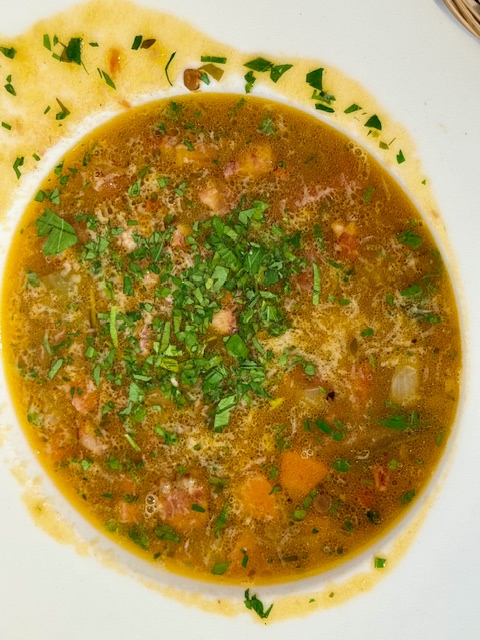
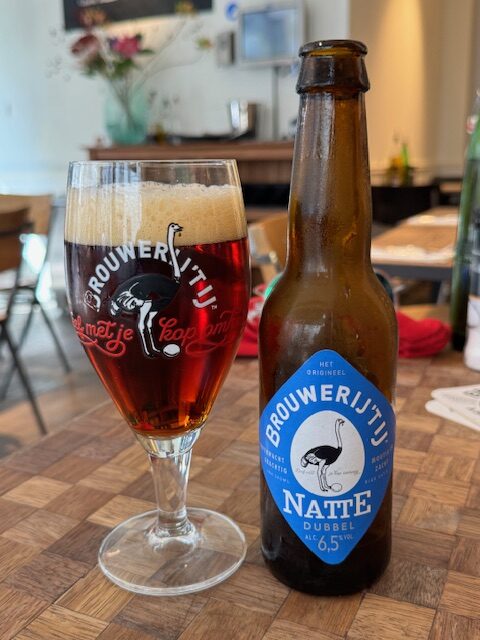
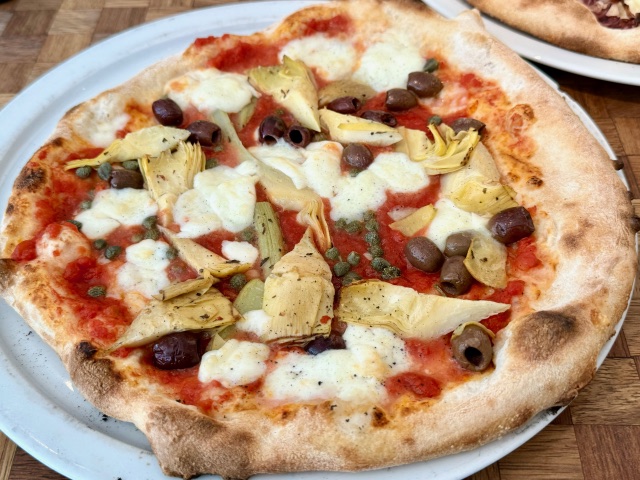
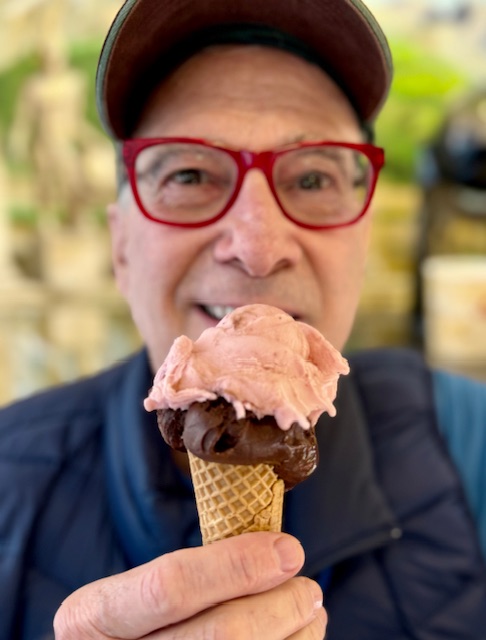
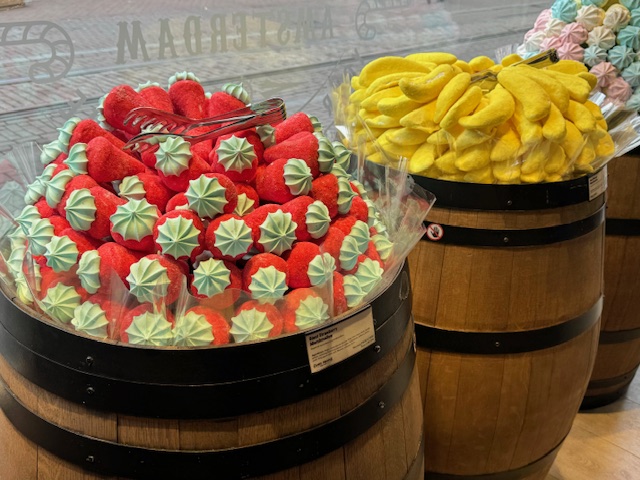
Next: miles and miles of museum galleries.
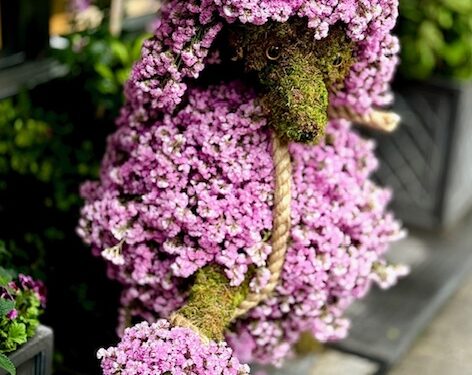
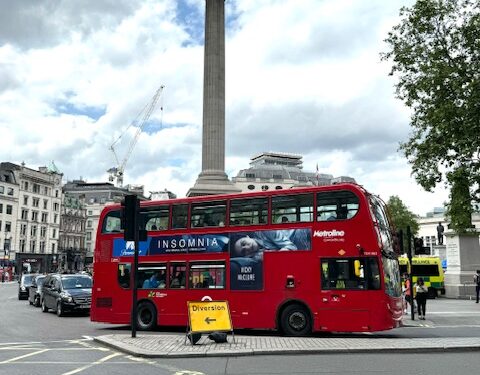
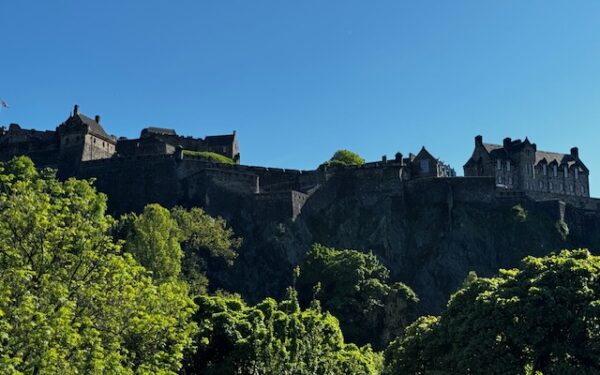
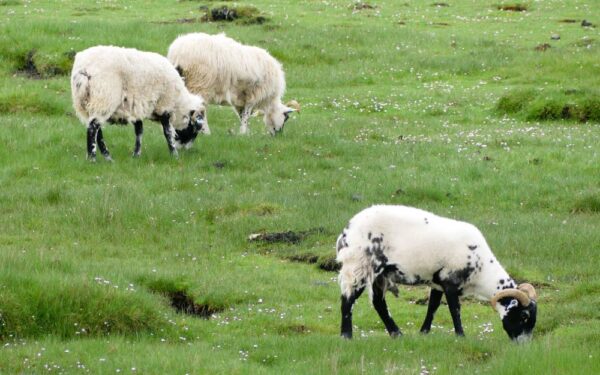
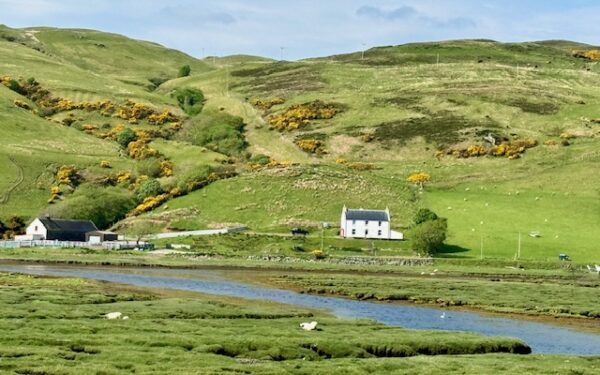
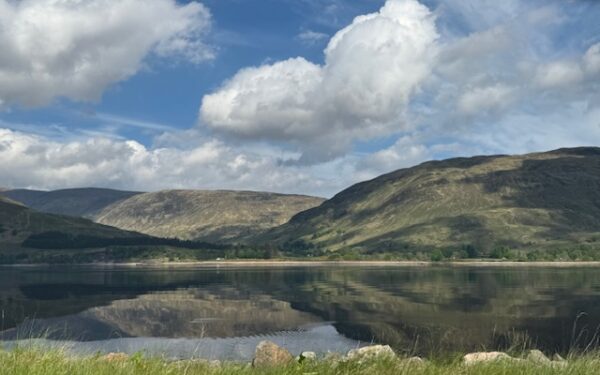
Thanks for taking me along on your adventure
Aaawwwwwwmazing mis primos!
Love you
Absolutely beautiful!
Love you
Thank you for letting me float through the Netherlands with you, Sergio. Narration, as always, was spot on and the photos are indisputably Nat Geo worthy. Stunning scenery. Vibrant colors. Decorated bicycles would be right at home in London’s Belgravia. And King’s Day … what fun to have everyone decked out in Orange. As seen … quite a variety of fashion, as well as hairstyles. Nothing escapes David’s keen eye! Looking forward to more …
Simply amazing, full of color, history, good eats, beautiful people and dogs – a fabulous country to visit! Orange holds sway over all! Great photos and commentary as usual!
Great photos as usual. Your travels are an education for all.
Looks beautiful!
Huell Howser would be impressed by your narrative. It’s almost like we’re joining you on your vacation. Thank you for sharing
Clare and I enjoyed reading about your trip to my home country. It took me back in time, thank you. Beautiful written and stunning photos. Heel veel dank! (Thank you)
Hans & Clare
The view from your room looks like a Monet painting!